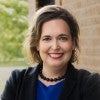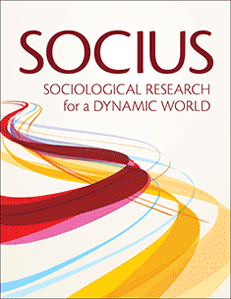Sociological work on what contemporary people think about the relationship between religion and science has typically centered on the implications of science for religious understandings of who God is and the authority of the divine (i.e. evolution; big bang). But the new terrain of debate about religion and science among contemporary people is the human body. Historically, religion has held the grip of morality related to the human body at key points in the life cycle, for example, when life begins and the ethical implications of how death and dying occur. In contemporary times, these issues involving the human body are a place where science intervenes and even seems to replace religious thinking, due to the advancement of medical technologies involving fertility and the embryo, advances in brain science to address mental illness, and interventions designed to address aging and prolong life.
But it is in these areas specifically where we might flip the secularization narrative to ask not how science is overtaking religion with relationship to the human body, but to ask contemporary people where they think science ends and religion remains strong. Using a nationally representative survey of 2,000 and follow-up interviews with 60 respondents, this study will investigate how people, both religious and non-religious, as well as medical professionals and religious leaders, understand the boundaries between religion and science in four key areas related to the human body: (1) beginning of life and fertility technologies, (2) mental health and illness, (3) aging, and (4) conceptions of death and dying. Additionally, this study will analyze how people view the relationships among science, religion, and the body at different points in the life course and across different racial and socio-economic backgrounds. The project is led by Elaine Howard Ecklund (PI) and Andrea Henderson-Platt (co-PI).



